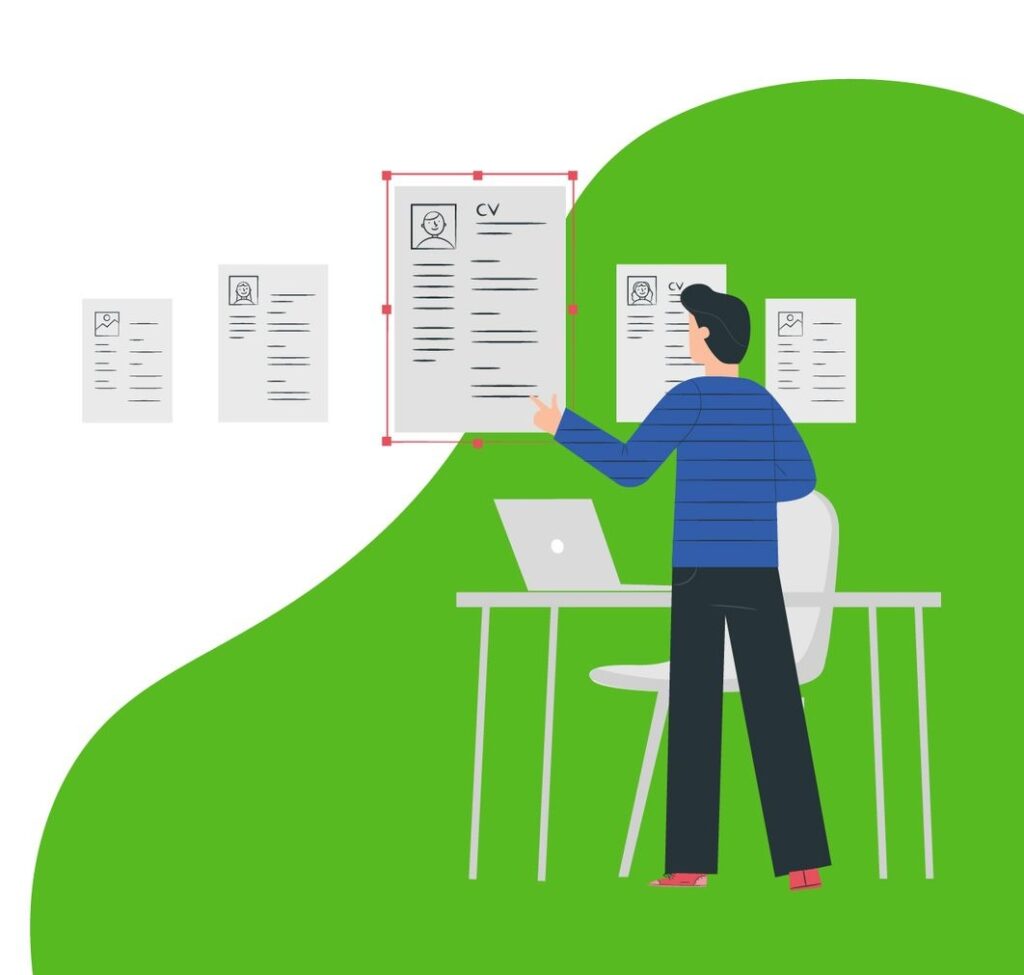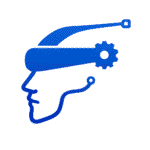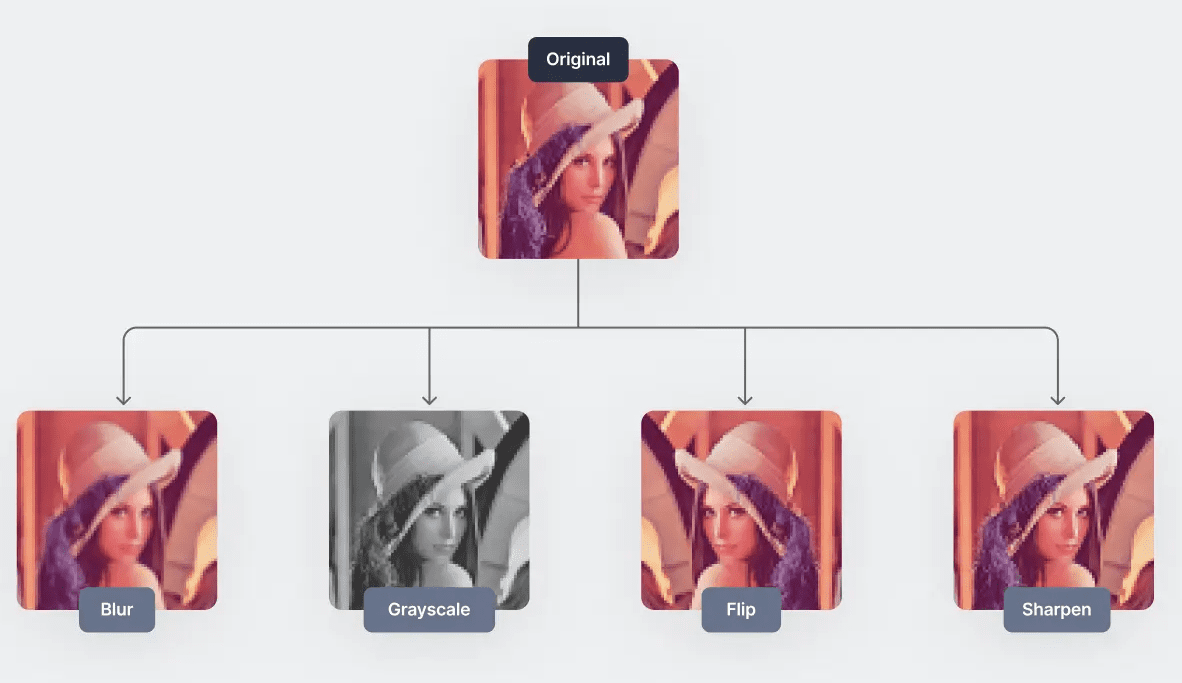We are exploring image processing because it enables machines to interpret, analyze, and manipulate visual data, a crucial aspect of many modern applications. It allows for automation in areas like healthcare, security, and media by extracting meaningful information from images. Image processing enhances accuracy in tasks like object detection, facial recognition, and document parsing. With advancements in deep learning and AI, it offers scalable solutions to complex visual problems. Ultimately, it helps bridge the gap between human vision and machine intelligence, making systems more efficient and capable.
Table of Contents:
- Introduction to Image Processing
- Application 1: Image Plagiarism Detection Tool
- Application 2: Resume Template Detection & Parsing using OCR and Vision LLM
- Summary
- FAQs
Introduction to Image Processing
Image processing is the technique of applying algorithms to extract useful information or perform operations on images, enabling systems to interpret visual data like a human would. In recent years, advancements in Deep Learning and Generative AI have drastically improved the accuracy and efficiency of image processing tasks, opening doors to innovative applications.
This blog explores two powerful use cases:
- Building an Image Plagiarism Detection Tool using Python, Deep Learning, and Generative AI.
- Creating a Resume or Document Template Detection & Parsing Application using OCR and Vision-based Retrieval-Augmented Generation (RAG) pipelines with Vision LLM.
We’ll dive into the necessary tools, technologies, and steps to build these applications.
Application 1: Image Plagiarism Detection Tool
Tools and Technology Stack
To build an image plagiarism detection tool using Python and AI, we need:
- Python: Programming language for overall development.
- OpenCV: Library for image processing.
- TensorFlow/Keras: Deep learning framework to build image similarity models.
- SIFT/SURF: Feature extraction algorithms for detecting similarities.
- Generative Adversarial Networks (GANs): For creating variations and identifying copied content.
- NumPy: For manipulating image data as arrays.
- Flask: Web framework to deploy the application.

Steps to Build the Application
- Preprocessing the Images:
- Use OpenCV and NumPy to resize, normalize, and transform images into array formats for processing.
2. Feature Extraction:
- Apply SIFT (Scale-Invariant Feature Transform) or SURF (Speeded-Up Robust Features) to extract key features from images. These algorithms detect patterns like edges and corners, which are invariant to scaling or rotation.
3. Training a Deep Learning Model:
- Use TensorFlow/Keras to train a CNN (Convolutional Neural Network) for feature similarity comparison.
- Alternatively, use a pre-trained model like VGG or ResNet and fine-tune it on a custom dataset of original and plagiarized images.
4. Plagiarism Detection Using GANs:
- Train a GAN (Generative Adversarial Network) to generate slight variations of images. Compare original and generated images to detect subtle similarities.
5. Deploying the Model:
- Use Flask to build a web interface where users can upload images. The backend will compare the uploaded image against a database of existing images to identify possible plagiarism.
6. Similarity Scoring:
- The model will output a similarity score indicating the likelihood of plagiarism. A threshold can be set to determine whether two images are considered plagiarized.
Application 2: Resume Template Detection & Parsing using OCR and Vision LLM
Tools and Technology Stack
For building a resume or document parsing tool, the following tools and tech stack are required:
- Python: For overall development.
- Tesseract OCR: For optical character recognition and text extraction from images.
- OpenCV: For preprocessing and template detection.
- Hugging Face: To integrate Vision LLM models.
- Retrieval-Augmented Generation (RAG): To create a pipeline that enables querying large document datasets.
- FastAPI or Flask: To deploy the solution as an API.

Steps to Build the Application
- Preprocessing the Document Images:
- Use OpenCV for image correction, resizing, and transformation. Detect edges and contours to identify key sections of the resume or document.
2. Optical Character Recognition (OCR):
- Implement Tesseract OCR to extract text from the document. Preprocess images using binarization and noise removal techniques to improve OCR accuracy.
3. Template Detection:
- Analyze the layout of resumes using OpenCV. Use contour detection to identify and categorize sections like name, contact info, skills, etc.
- Classify resume templates by comparing extracted sections to pre-defined templates using similarity metrics.
4. Vision LLM for Parsing:
- Use Vision-Language Models from Hugging Face (such as Donut, a document understanding model) to understand the structure of the document and extract important data fields.
- Fine-tune a Vision LLM for your specific templates and parsing needs, focusing on fields like contact info, education, and work experience.
5. Building the RAG Pipeline:
- Implement a Retrieval-Augmented Generation (RAG) pipeline, where OCR-extracted text is used to retrieve relevant information from a database of resumes or job requirements.
- Use Generative AI models to summarize or format extracted data to create structured resumes or profiles automatically.
6. Deploying the System:
- Build an API using FastAPI or Flask that accepts document images, processes them, and returns parsed information in a structured format (e.g., JSON).
Summary
In this blog, we covered the basics of image processing and explored two practical applications—Image Plagiarism Detection and Resume Template Detection & Parsing. For the plagiarism detection tool, we used Python, OpenCV, CNN, and GANs to compare image similarities and detect potential plagiarized content. The second application, leveraging OCR and Vision-Language Models, automates the process of extracting and parsing information from resumes.
These two applications highlight the power of modern deep learning and Generative AI models in solving complex image processing problems, making it easier to build robust solutions for real-world challenges.
FAQs
1. What is the role of Generative AI in image processing?
Generative AI models, like GANs, create variations of images and help detect similarities or generate new content based on patterns. This is useful in applications like plagiarism detection, image synthesis, and data augmentation.
2. Can I build image processing applications without deep learning?
Yes, traditional image processing techniques (like edge detection, feature extraction, and template matching) can solve many tasks, but deep learning models provide much higher accuracy and automation for more complex tasks.
3. What are the main challenges in building an OCR-based document parsing tool?
Challenges include handling poor-quality images, varying font styles, and complex layouts. Preprocessing steps like denoising and correcting image orientation help improve OCR accuracy.
4. How can I integrate pre-trained models into my image processing application?
Using libraries like TensorFlow, PyTorch, or Hugging Face, you can easily fine-tune pre-trained models (like CNNs or Vision-Language Models) on custom datasets for tasks such as image classification, document understanding, or text extraction.
Thanks for your time! Support us by sharing this article and explore more AI videos on our YouTube channel – Simplify AI.


Leave a Reply